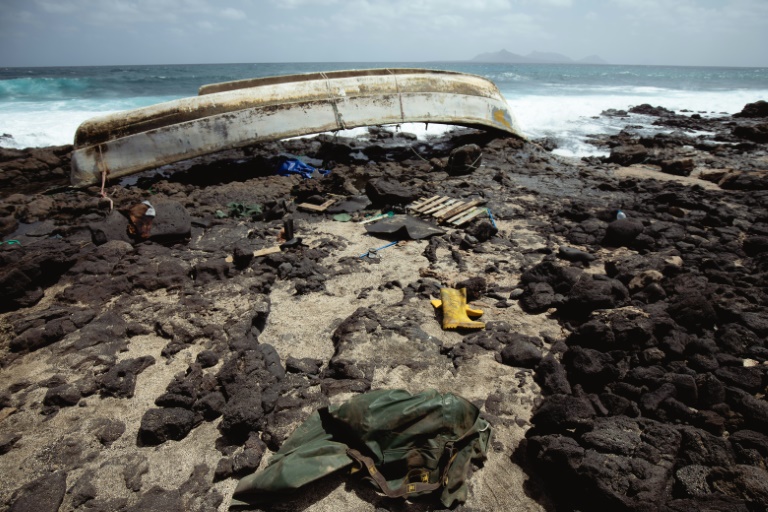At least 8,565 people died on migration routes worldwide in 2023, making it the deadliest year since records began a decade ago, the United Nations said Wednesday.
“The 2023 death toll represents a tragic increase of 20 percent compared to 2022, highlighting the urgent need for action to prevent further loss of life,” the UN’s International Organization for Migration said in a statement.
The IOM said last year’s total surpassed the previous record reached in 2016, when 8,084 people died during migration.
So far this year, 512 deaths have already been recorded.
The IOM said that because safe and regular migration pathways remain limited, hundreds of thousands of people attempt to migrate every year via irregular routes in unsafe conditions.
The Mediterranean Sea, where many migrants try to reach southern Europe from northern Africa, continues to be the deadliest route for migrants, with at least 3,129 deaths and disappearances registered last year.
It is the highest number of deaths on the Mediterranean migration routes since 2017.
In one incident alone an overcrowded trawler, the Adriana, sank off the coast of Greece in on June 14 last year, with the loss of more than 600 lives.
Unprecedented numbers of migrant deaths were recorded last year across Africa (1,866) and Asia (2,138).
In Africa, most of the deaths occurred in the Sahara Desert and the sea route to Spain’s Canary Islands.
In Asia, hundreds of deaths of Afghan and Rohingya refugees were recorded last year.
Slightly more than half of the total migrant deaths in 2023 came as a result of drowning, with nine percent caused by vehicle accidents, and seven percent in violence.
“As we mark the Missing Migrants Project’s 10 years, we first remember all these lives lost,” said IOM deputy director general Ugochi Daniels.
“Every single one of them is a terrible human tragedy that reverberates through families and communities for years to come.”
The IOM’s Missing Migrants Project was established in 2014 as an open-access database on migrant deaths and disappearances. It has since documented 63,872 cases worldwide.
However, the true figure is estimated to be much higher due to challenges in data collection, particularly in remote locations such as the Darien Gap jungle in Panama, and on maritime routes, where boats disappear without trace.
Since 2014, the remains of 26,553 people who lost their lives during migration have not been recovered, according to the project.
“These horrifying figures collected by the Missing Migrants Project are also a reminder that we must recommit to greater action that can ensure safe migration for all, so that 10 years from now, people aren’t having to risk their lives in search of a better one,” Daniels said.
The IOM urged countries to working together to prevent further loss of life and uphold the dignity and rights of all individuals on the move.
AFP






